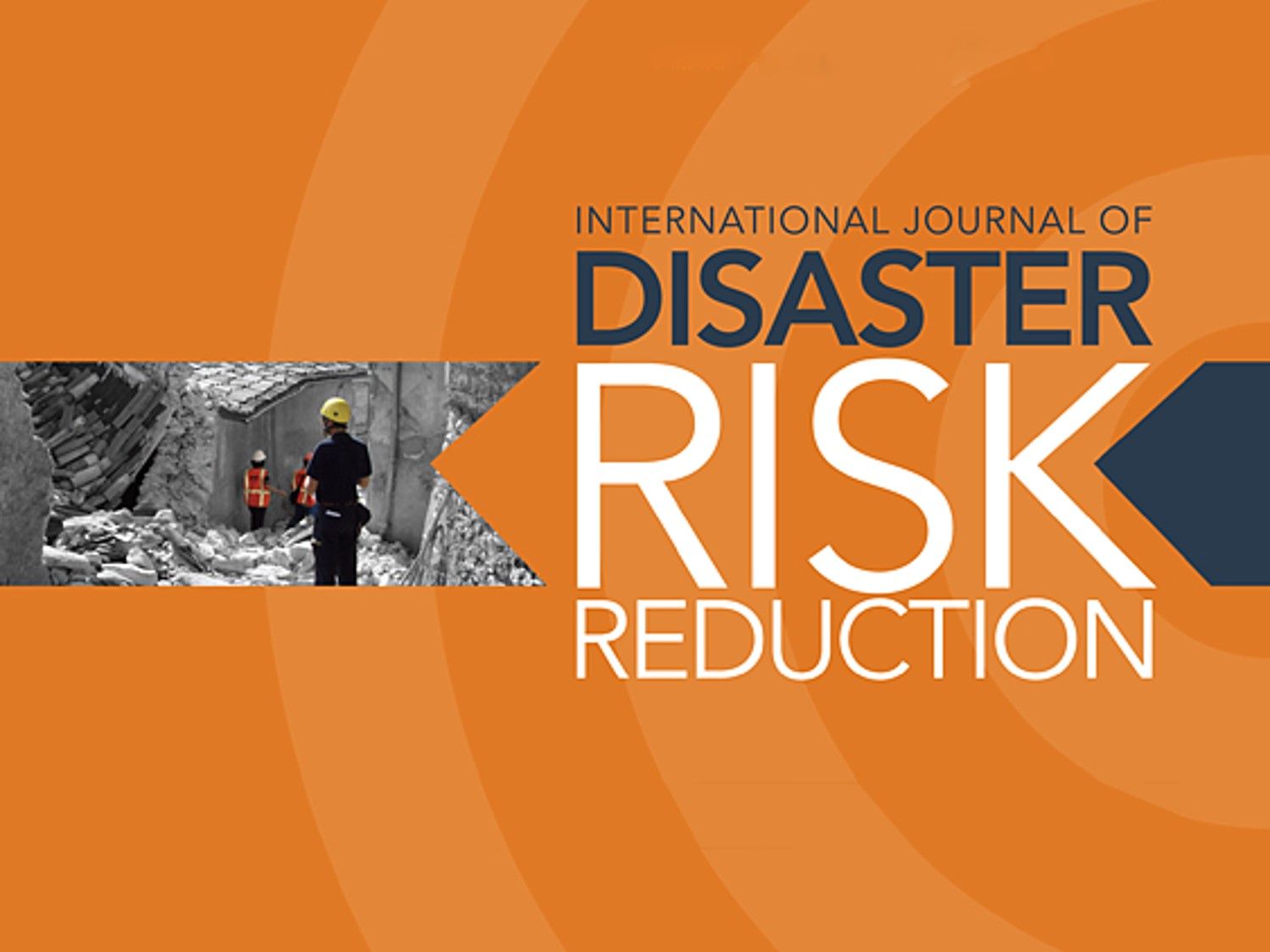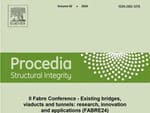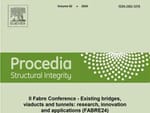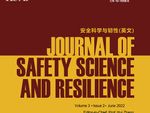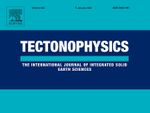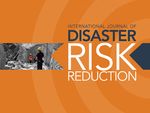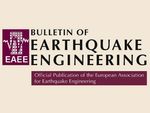Journal
International Journal of Disaster Risk Reduction
Authors
Grimaz S., Ruzzene E., Zorzini F.
URL
DOI
https://doi.org/10.1016/j.ijdrr.2021.102594
Abstract
Modernization of hospital facilities is one of the objectives of administrators and decision-makers of healthcare systems. Hospital facilities are both complex and critical infrastructures, because they are characterized by high level of interconnections, dynamism, technological innovation, and because they offer health and social essential services. Decision-makers have to implement modernization strategies of hospital facilities in order to guarantee a high standard of care and a resilient response during disasters and emergencies. The critical role played by hospital facilities is acknowledge by the international action programs, including the 2030 Agenda of United Nations for Sustainable Development, and it has been emphasized by the COVID-19 pandemic.
The paper illustrates the RADAR-Hospital Facilities methodology (RADAR-HF) developed for the situational assessment of the physical environment of hospital facilities. RADAR-HF provides the decision-makers with an overview of the main aspects for modernization (safety, functionality, sustainability, adaptability, comfort) and substantial information for planning interventions, considering hospital facilities as interconnected systems. The outcomes are represented by ad-hoc designed graphical indicators and overview-tools, that summarize the status-conditions of one or a set of existing hospital facilities, the upgrading needs, and the best occupancy of facilities. Decision-makers could use RADAR-HF to define integrated modernization strategies with resilience improvement, monitor the situation of the facilities, and understand the effectiveness of interventions. The paper ends showing the results obtained in a research project, in which RADAR-HF has been applied to assess the existing hospital facilities of the Friuli Venezia Giulia region (North-East of Italy).

